The Bexar Operators Group, with W2IK at the helm, will be operating this year’s 2015 ARRL Field Day at the Choke Canyon State Park’s Caliham Unit near the town of Three Rivers about 70 miles south of San Antonio. We will be operating at the “Screened Shelter” area (These are full cabins WITH air conditioning)
If you are interested in joining us, drop an email at W2IK@ARRL.NET for more information and to reserve your spot.
All food and drink will be supplied. The “class” of operation will be determined later.
We will be experimenting with different antennas ranging from NVIS to “Inverted V”and Wire Beam styles apexed up to 50 feet.
Although all of our antennas do not require tuners when used on their proper frequencies, we will have several types of tuners available so we can compare how antennas compare when attempting to match non-resonant elements on frequencies other than the antennas’ intended use.
We will be using solar powered (400 watts) energy for equipment operation and 12 volt DC lighting systems will be displayed so attendees can see how a DC lighting system works during any emergency communications work and which are the best types to have on hand. There is a big difference between 12 volt incandescent, LED and florescent systems.
Space is limited to 8 persons, so please check with us for availability. New hams are encouraged to make the trip as there will be a wealth of information available.

 The decision to end the net was based solely on our data presentation to the NWS and how they receive their main data stream for daily rainfall amounts. Their main source of receiving daily, timely rainfall data is from CoCoRaHs, a web based reporting model, giving the NWS real time data on a 24 hr model from 8a to 8a.
The decision to end the net was based solely on our data presentation to the NWS and how they receive their main data stream for daily rainfall amounts. Their main source of receiving daily, timely rainfall data is from CoCoRaHs, a web based reporting model, giving the NWS real time data on a 24 hr model from 8a to 8a.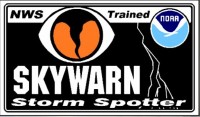 Here is a link to a movie trailer I made from video and photos of my Skywarn Spotting Activities over the past year.
Here is a link to a movie trailer I made from video and photos of my Skywarn Spotting Activities over the past year.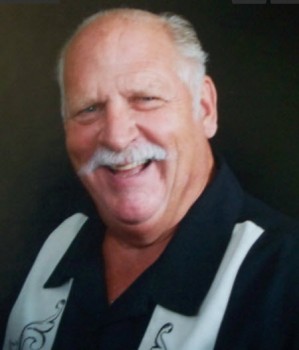 John was born 9/3/1947 & raised in Beverly Hills California. He had 2 brothers Tom Orton & Jim Orton & a sister Victoria Orton. A daughter Tina Marie Orton, and nieces and nephews.
John was born 9/3/1947 & raised in Beverly Hills California. He had 2 brothers Tom Orton & Jim Orton & a sister Victoria Orton. A daughter Tina Marie Orton, and nieces and nephews. Spring is in the air, and that means our public service events have started up again, just like Spring flowers.
Spring is in the air, and that means our public service events have started up again, just like Spring flowers.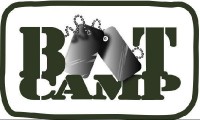 Another Section Of Our 200 Page
Another Section Of Our 200 Page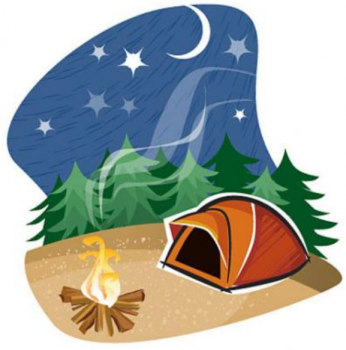 Setting up a tent can seem like a complex task especially for any first-time jump team member.
Setting up a tent can seem like a complex task especially for any first-time jump team member.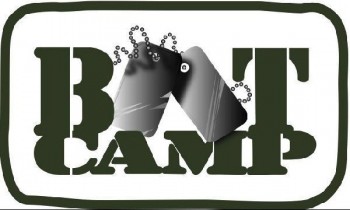 SITE SURVEY – An Important Detail For Longer-Term (over a day) Emergency Communications Deployment
SITE SURVEY – An Important Detail For Longer-Term (over a day) Emergency Communications Deployment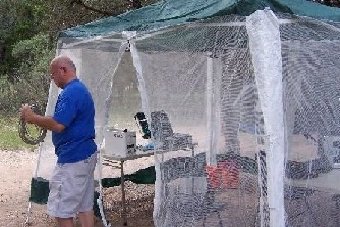 Threat Assessment –
Threat Assessment –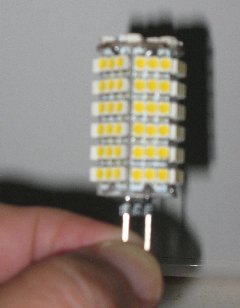 I have experimented with all types of 12 volt lighting methods and have come to the conclusion that a system using SMD (surface mounted light emitting diodes) gives you the most illumination per watt. Using other 12 volt lights, such as fluorescent systems, can have a high rate of failure. You don’t want your lighting to go out in the middle of emergency work.
I have experimented with all types of 12 volt lighting methods and have come to the conclusion that a system using SMD (surface mounted light emitting diodes) gives you the most illumination per watt. Using other 12 volt lights, such as fluorescent systems, can have a high rate of failure. You don’t want your lighting to go out in the middle of emergency work.